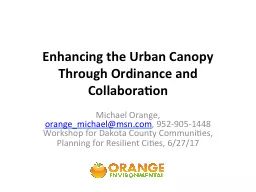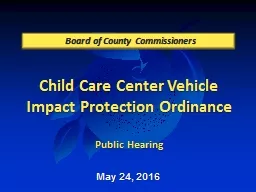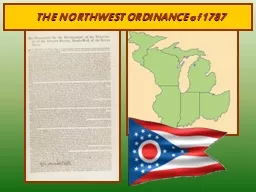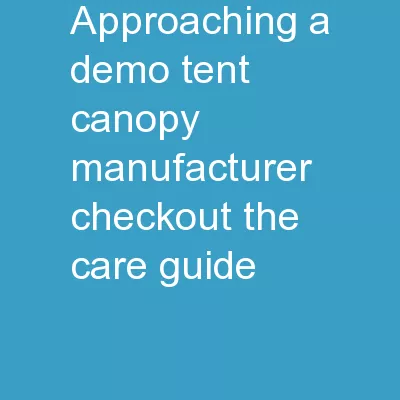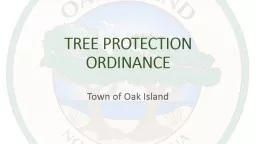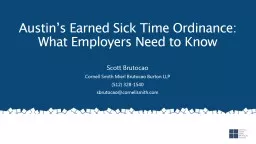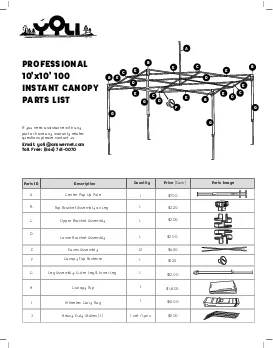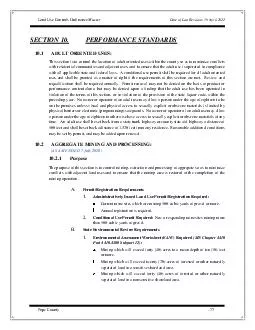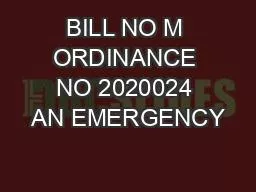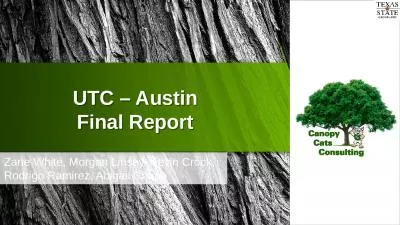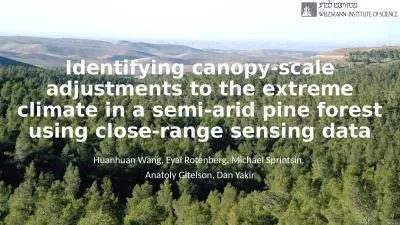PPT-Enhancing the Urban Canopy Through Ordinance and Collaboration
Author : luanne-stotts | Published Date : 2018-03-20
Michael Orange orangemichaelmsncom 9529051448 Workshop for Dakota County Communities Planning for Resilient Cities 62717 Everybody loves trees Photos courtesy
Presentation Embed Code
Download Presentation
Download Presentation The PPT/PDF document "Enhancing the Urban Canopy Through Ordin..." is the property of its rightful owner. Permission is granted to download and print the materials on this website for personal, non-commercial use only, and to display it on your personal computer provided you do not modify the materials and that you retain all copyright notices contained in the materials. By downloading content from our website, you accept the terms of this agreement.
Enhancing the Urban Canopy Through Ordinance and Collaboration: Transcript
Download Rules Of Document
"Enhancing the Urban Canopy Through Ordinance and Collaboration"The content belongs to its owner. You may download and print it for personal use, without modification, and keep all copyright notices. By downloading, you agree to these terms.
Related Documents

